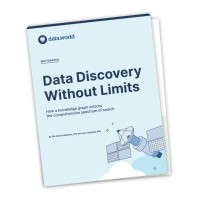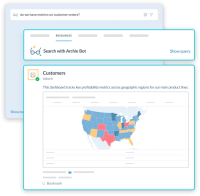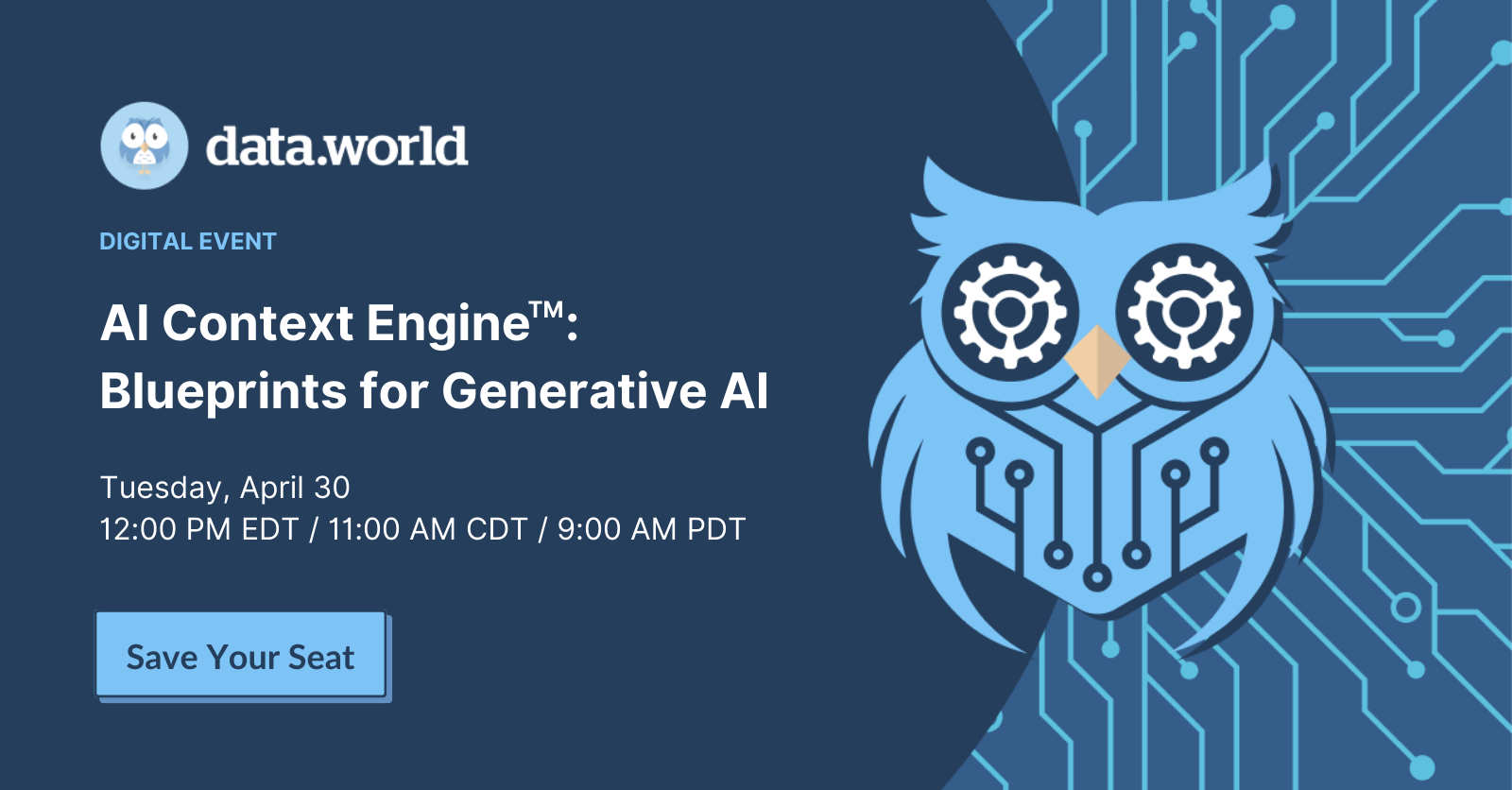When it comes to search and discovery, no one serves up better results than Google, Amazon, Facebook, and Netflix. Sure, they have big budgets and some of the brightest minds in tech on the payroll, but those aren’t the only reasons they’re successful. It’s also because their platforms are powered by knowledge graphs.
What is a knowledge graph?
Here’s how the The Alan Turing Institute defines the technology:
“Knowledge graphs organize data from multiple sources, capture information about entities of interest in a given domain or task (like people, places or events), and forge connections between them.”
In the enterprise, knowledge graphs bridge the gap between how data consumers understand their business world and how companies store the data.
According to Gartner, graphs form the foundation of modern data and analytics with capabilities to enhance and improve user collaboration. They enable the integration of knowledge and data at scale in the form of a graph data model. The business terminology is represented as concepts and relationships. The business concepts and relationships are connected with the underlying application databases through mapping.
What are the benefits of a data catalog powered by a knowledge graph?
Google popularized the term “knowledge graph” in 2012 with an article introducing their “things not strings” approach to search. In it, they highlighted three main benefits of knowledge graph:
- Find the right thing – Results are more relevant because knowledge graph understands entities, and the nuances in their meaning, the way you do.
- Get the right summary – Knowledge graph better understands your query, so it can summarize relevant content around that topic, including key facts you’re likely to need for that particular thing.
- Go broader and deeper – Make unexpected discoveries through knowledge graph suggestions.
A data catalog powered by a knowledge graph delivers the same benefits, and builds upon them to deliver greater value to data teams in the enterprise:
- Improve search accuracy – Metadata and data are logically organized and in machine-readable format, speeding search and discovery.
- Activate your metadata – Analyze and traverse lineage to understand changes to metadata, connect concepts, terms, or metric definitions to “physical” tables and columns.
- Enhance data governance – Map data assets to key enterprise concepts to make them discoverable and accessible for greater user self service.
Additionally, knowledge graphs enable fast, flexible, and scalable cataloging of data and metadata. You can efficiently onboard, integrate, and catalog any new data source including semi-structured and unstructured in a matter of days – relational data catalogs are rigid and inflexible, taking months to do the same.
What business problems can a knowledge graph help solve?
As data.world co-founder and CTO Bryon Jacob wrote for Forbes, knowledge graphs are well-suited to organizations with large data sets and where extracting knowledge is overly difficult.
For example, an organization might use a variety of data and content management systems, all without the ability to communicate with each other. Data may be structured in a way that's mutually incompatible. Or, the issue may be cultural, with little horizontal collaboration between teams and departments.
A knowledge graph addresses these issues by taking a collection of messy, unstructured and scattered data sources, unifying them, and integrating them with the knowledge that gives data meaning, so they can be better analyzed and provide more immediate value.
Some financial services organizations use the technology to weed out potential costly compliance and fraud issues, while some in the biosciences sector focus on its potential to expedite drug discovery and development.
Dive deeper into knowledge graphs
To learn more about knowledge graphs, download our white paper, Why Now is the Time for Knowledge Graph.




